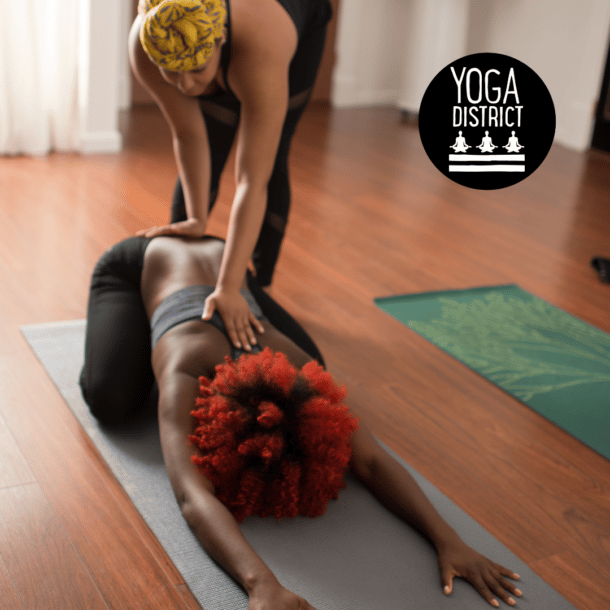In the midst of winter snowstorms, there’s something satisfying about visiting the Desert Room at the National Botanic Garden. Whereas many of the other chambers throughout the grounds are tropical and humid, the Desert Room’s atmosphere is warm and arid, carrying a simple silence that has a stark contrast to the bitter windchill of our known winter weather in Washington.
Deserts lack an abundance of vegetation, except for their cacti and succulent plants, which are fascinating evolutionary structures. Growing in dry areas that are subject to drought, cacti do what they must to conserve water. Over time, they’ve adapted in all sorts of ways. For one, unlike other plants, they’ve lost their leaves, and in place, have spines, which provide protection and shade from the elements.
Cactus pose in Yoga is a great choice for someone who wants to improve their posture. Align your spine! It’s your main source of strength. We spend much of our time forming bad habits of hunching over at desks, so it’s good to get into the practice of standing tall, like a cactus. Did you know that some saguaro cacti can grow up to 75 feet and live for over 150 years? Another interesting fact; it can take up to 75 years for a saguaro cactus to grow an arm. The cactus is a slow-growing species, storing its energy and resources, for it lives rainfall by rainfall.
There are multiple variations for practicing cactus, but I’ll share the vertical version. Not only does it help with posture, but it’s great release for shoulder tightness. You’ll be blending Cactus pose with Chair pose here. Stand up, pull some intention into your navel for core energy, and put your arms in cactus position. Give yourself some saguaro arms by bending your elbows and extending your forearms. Check to see if your elbows are on the same plane as your shoulders. Then you’ll raise your palms skyward. Feel that extension in your hands, from your wrists to your palms and through your fingers. It’s important to make sure your feet are firmly planted. Your base is where Chair pose comes into place. Like any plant, it’s important to stay rooted to the earth. But give your knees a little bend to add some depth to the pose. Keep your dhristi forward, and if you feel so inclined, stick your tongue out, paying some homage to Kali. Repeat as much as desired.


